ambassadors
The Dakar is a race that stretches over thousands of kilometres. Although the racing is all about facing the Saudi desert, the bivouac is its beating heart. To find out what it takes to set up and create this moving city, we talked to ASO’s operations and logistics manager Christophe Puginier who explains what happens behind the scenes.
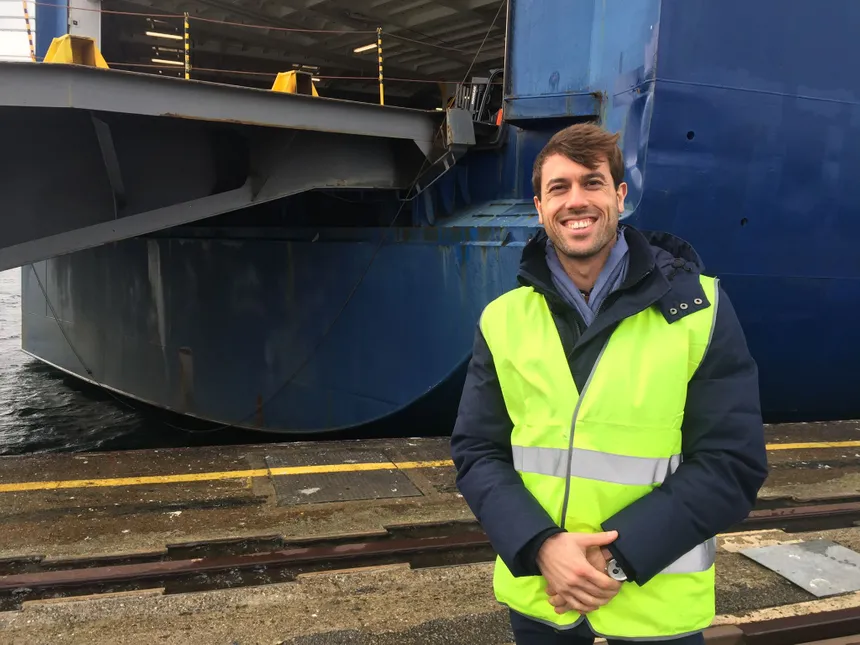
How would you describe the bivouac to someone who doesn’t really know a lot about the Dakar?
The Dakar Bivouac is a small temporary town of 3,000 people in the middle of nowhere. It’s a village with all the facilities that people might need. 8,000 meals are served per day. It has toilets, showers, power, parking, waste management, and much more. Basically, the bivouac is where all the people involved in the Dakar, from the media to the competitors, live and find what they need to complete the rally.
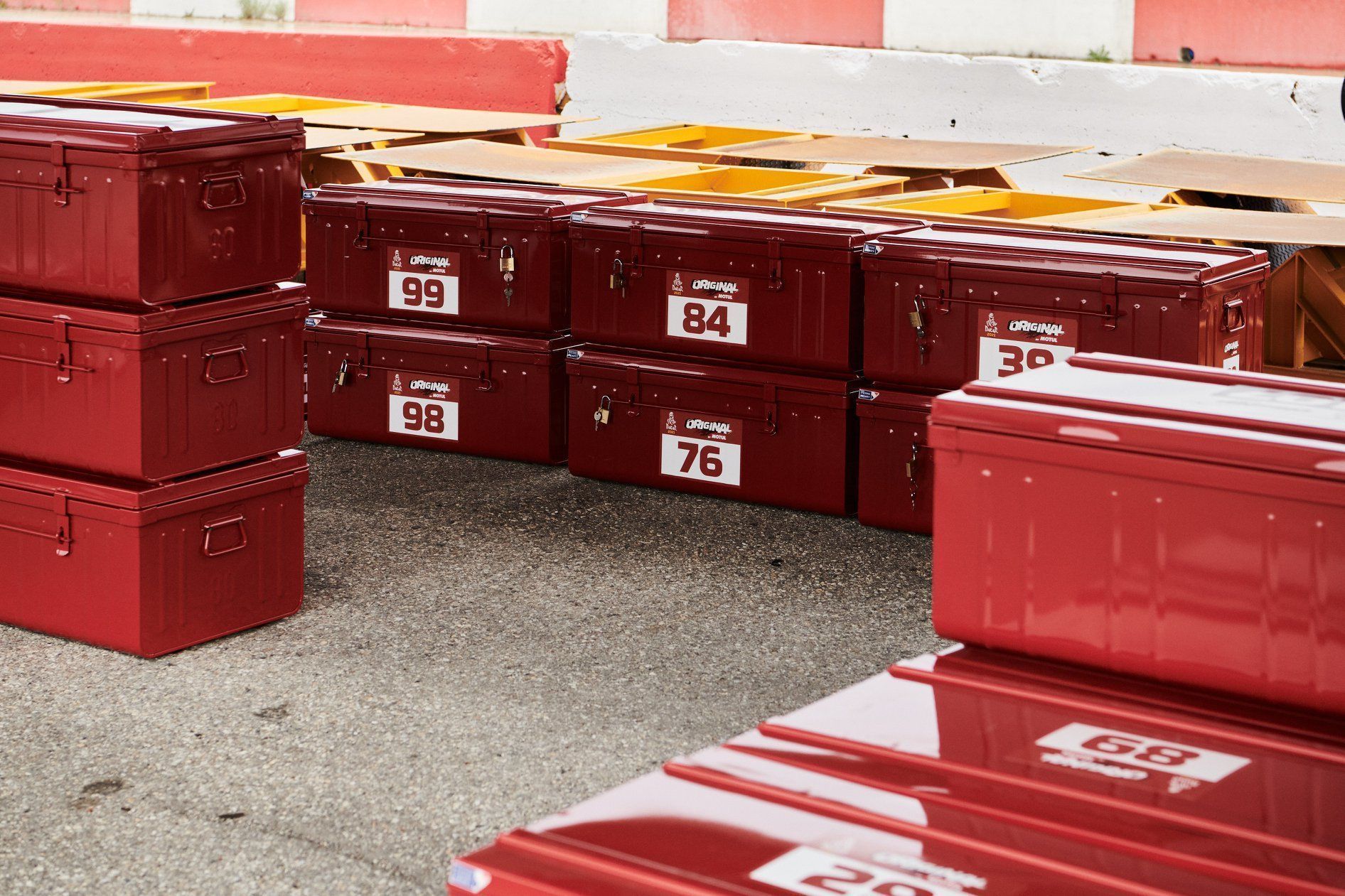
From an organisation side, what does a day in the bivouac look like?
Honestly, it’s hard to explain it in a few lines as there are plenty of different operations happening. Each day is always different. But to give an overview, let’s say that most of the organising team is taking a plane to reach the next bivouac in the early morning. Once there, all different departments are making a briefing with the team already on site since the day before that we call “precursors” to see what happened during the night and give a quick update of the situation.
Everything has to be ready to be able to launch the stage of the day. After that, if everything is running well, we try to prepare for the next days of the rally and are always ready to fix any issues that we can have on the ground. Trust me, in an event such as the Dakar, we are always fixing things. But that’s in our DNA, and all the team is here for that.
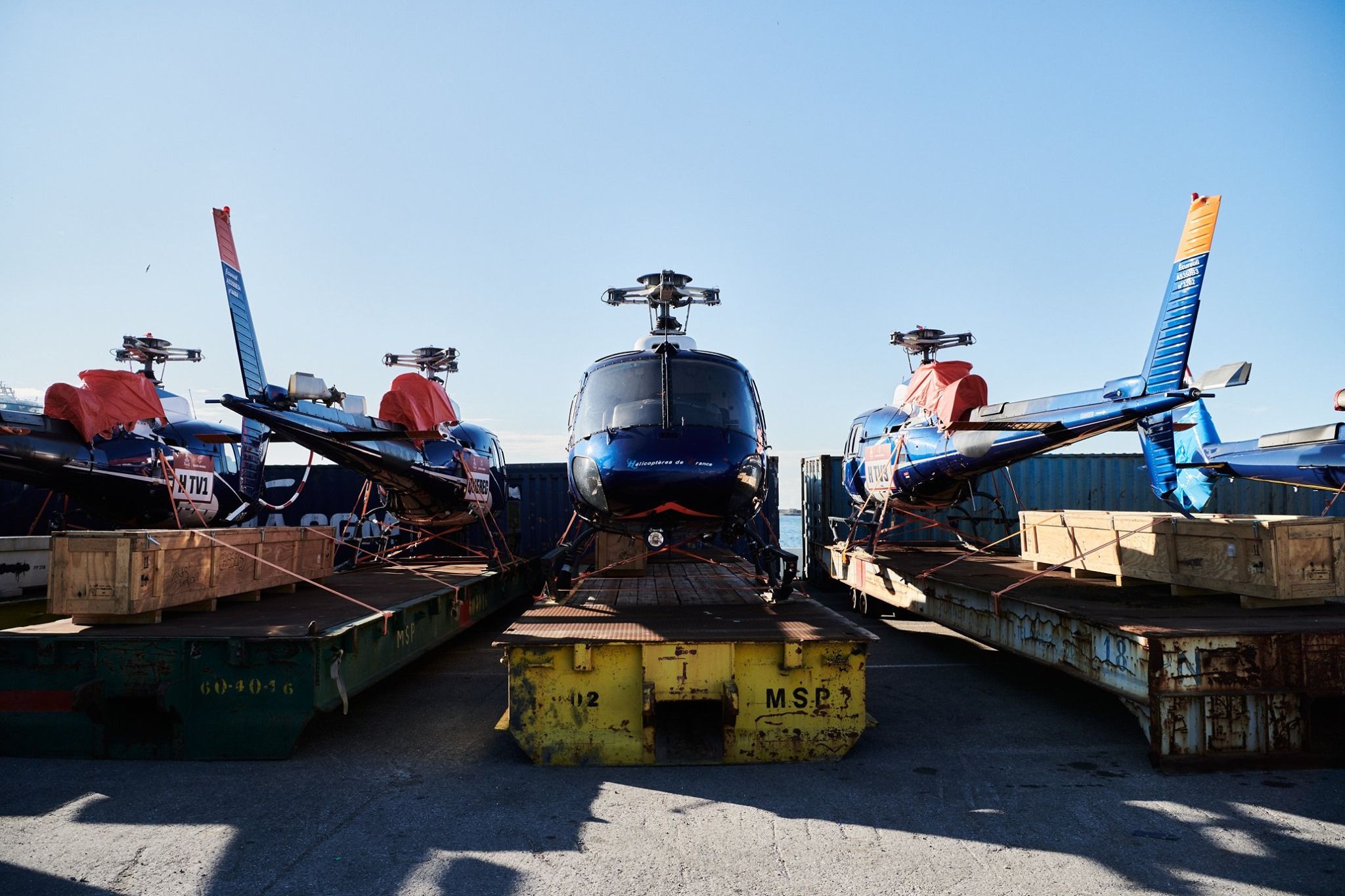
What is one of your most remarkable Dakar stories?
When everyone is focusing on the race, I must focus on what’s happening backstage. So, my stories are more related to that and especially to human relationships. That’s why if I had to pick out one, it would probably be about the spirit of the Dakar. It’s a story of what goes on behind the scenes at the Dakar. We are an entire family. We work and live together for three weeks to make this event a success. We are suffering, having issues and problems that we need to solve together. Without being a real family, we cannot fix what we need to. It’s something hard to describe but that you feel inside and gives you goosebumps.
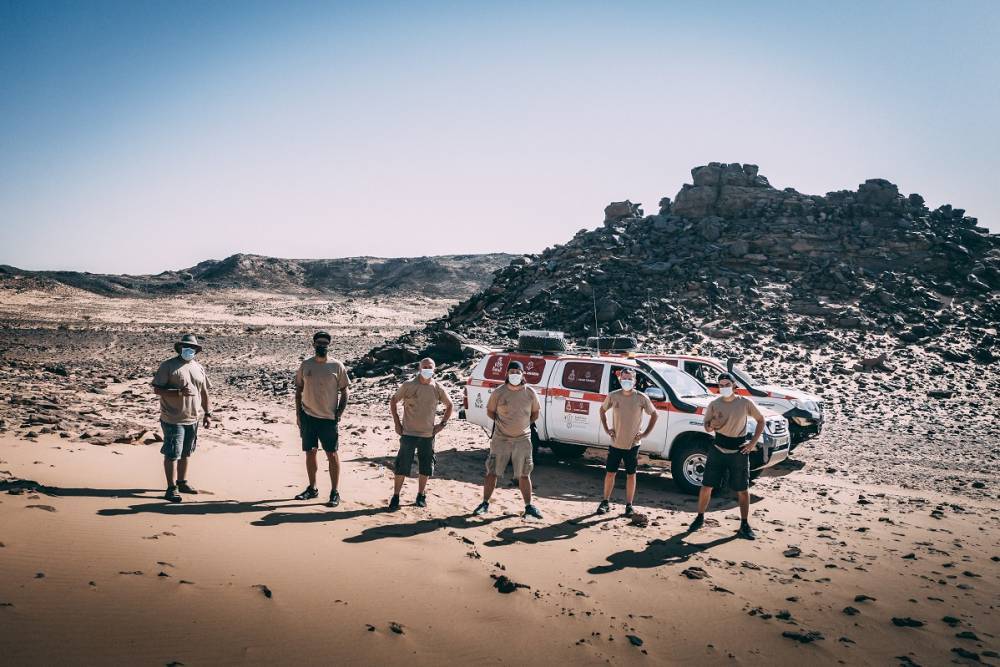
How many vehicles and moving parts are involved in this project?
We are talking about 350 vehicles for the organizing team and around 1,400 vehicles between competitors and their respective teams.

When did you start preparing for this Dakar?
It takes an entire year. Every year we finish the Dakar by mid-January. The logistics’ operation ends when we deliver all the vehicles back in Europe by vessel to the competitors at the beginning of February. After a few days off, from March to December we work again on the next edition. Once the route is designed, we scout the sites and start setting up all our logistics.
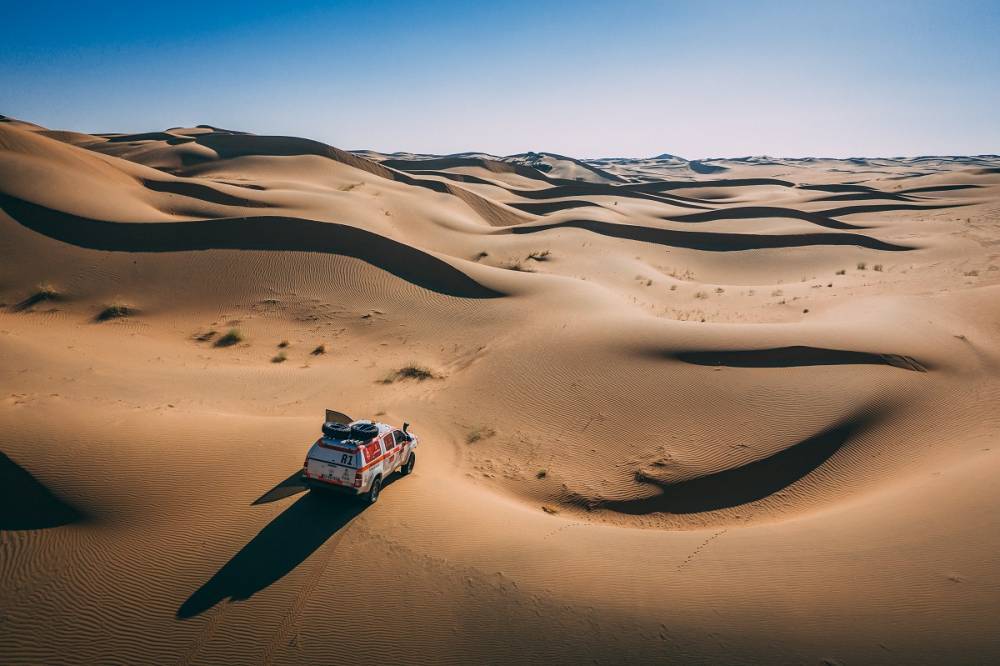
What is the biggest logistical challenge you face?
I think this edition has been challenging to prepare for due to the pandemic situation. We had to adapt all our logistics to fit with the new sanitary regulations to make this event happen. We adjusted all our structures to avoid having more than 50 people in the same closed area when we usually can have around 800 people in the big tent eating and sharing their experiences of the day.
A few days before the start of the event, we knew that the host country was closing its borders. We had to create a dedicated aerial way to bring all the staff, organisation and competitors to the country. We had to find a solution in less than a week. We brought more than 20 dedicated planes, and we got permission to land at the airport with a dedicated procedure at the border such as a quarantine of two to three days, etc.
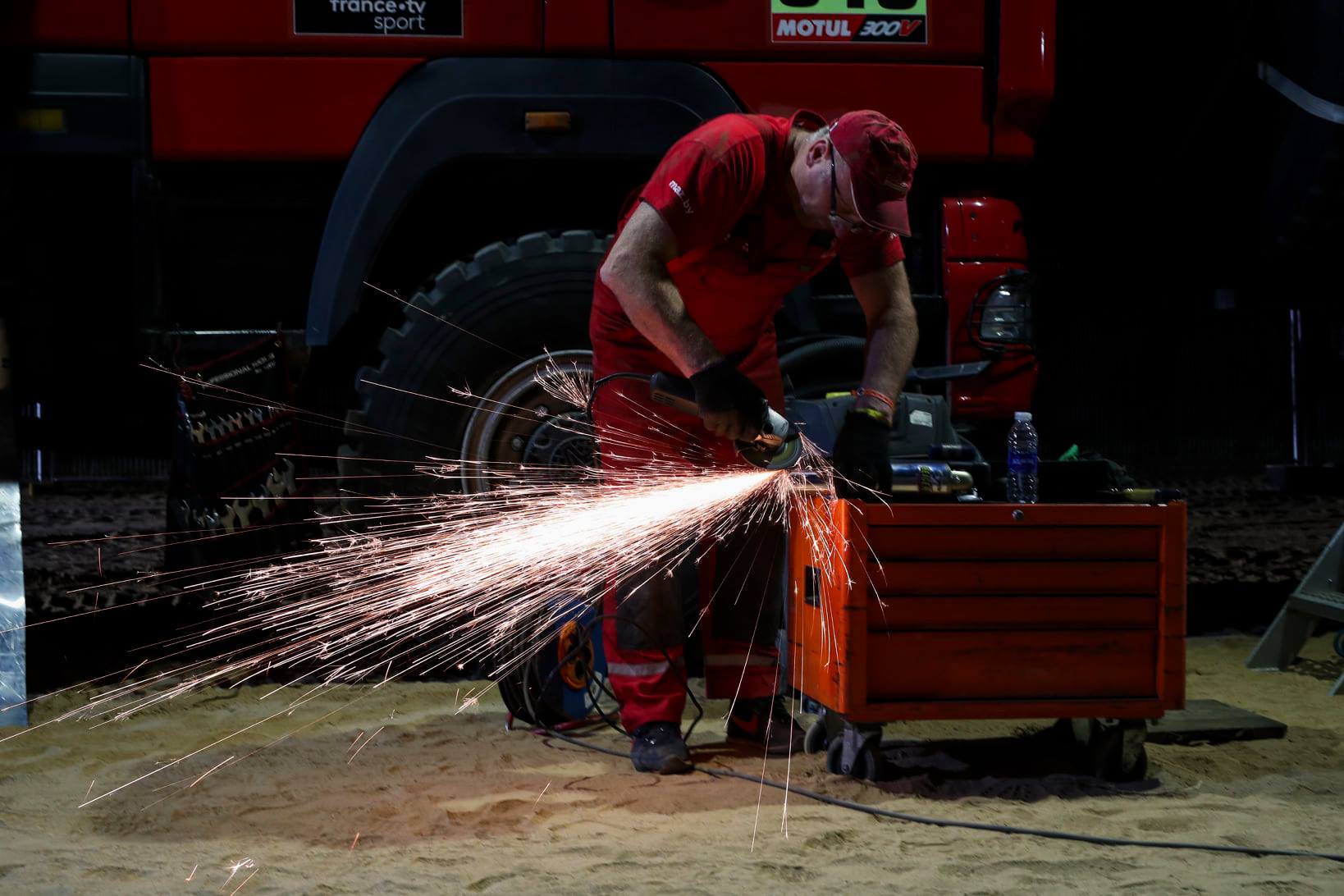
Motul has been a key partner in the event since 2018. How has the company impacted the Dakar from your perspective?
Having a partner such as Motul is vital for our organisation and our worldwide image. The brand contributes to the event through its support of the Original by Motul category, moto and quad drivers competing without assistance, to whom they provide premium products and support with equipment on the side. Being a Dakar sponsor also enables them to set-up a daily laboratory on the bivouac that analyses motor oils and lubricants to detect engine wear and help teams properly maintain their machines. It is both a guarantee of safety and performance for the competitors.
© Pictures: Radio France - Olivia Chandioux / A.S.O.



